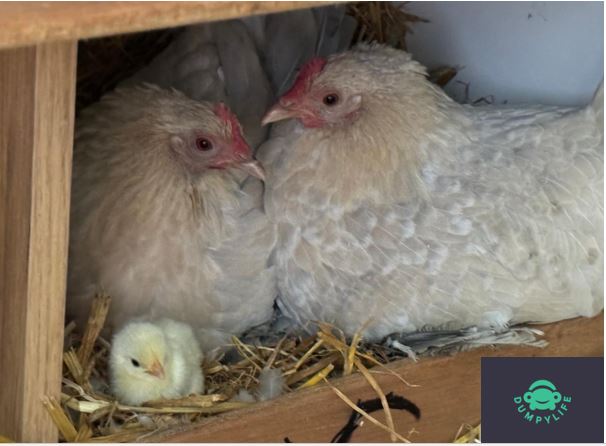Your cart is currently empty!
Sable-leg bantam chickens (Gallus Domesticus); an information guide

The Dutch Sable-leg bantam chickens (Gallus Domesticus) come in many different colours. The most common colours are blue, blue/pearl white, lemon porcelain, ochre white porcelain, blue, silver, but also brown/beige or black/white colours. They sometimes come with and sometimes without a beard. It is a relatively small (approximately 700 grams) breed of chicken with pronounced leg and foot feathers. As if they are wearing socks. The feathers stick out backwards like a sabre, hence the name saber-legged. These stiff feathers are called vulture heels.
In addition to the fact that these chickens have a calm and reliable character, they look beautiful. For that reason, they are suitable with children in a residential area and a nice asset to the garden. In addition, they lay an egg almost every day. Not bad either. They live an average of 5 to 8 years and there are cases that grow older with proper care. 1 bantam chicken needs at least 25 liters of living space, but of course the more space the better. There must be an indoor coop with nesting boxes, bath sand, storage barrel for food and drinking facilities. It is very much appreciated if they are allowed to scratch around in the garden. Because of their ”socks” they are not real diggers so they can easily go loose in the garden.
This will be discussed in more detail in the blog housing sabre-legged bantam chickens.
In terms of nutrition, it is best to give a complete varied grain diet. Chicks should first be given growth mix until they are 10 weeks old. From 10 weeks, growth mix for young adult chickens. From 25 weeks, the chicken is adult. As a snack, it is fun to give chicken snacks, but fruit and vegetables always do well. However, spoiled food is also not good for the chicken. So be critical of the cutting waste. Furthermore, mealworms are a great way to tame them. They love it!
The blog nutrition will discuss this in more detail.
There are a few things that must be taken into account when purchasing and caring for this bantam chicken. To start with, it is best to vaccinate and deworm the chickens. In addition, it is very important to prevent chicken lice. Below are some must-do’s:
- Use tobacco samples as a substrate.
- Add anti-blood lice to drinking water.
- Spray the coop with Anti-blood lice
If blood lice are detected, it is important to combat them immediately with the appropriate pesticides.
This will be discussed in more detail in my blog on care.
The breeding season starts in spring and ends late in the summer. When the chickens become broody and there is a rooster in the chicken coop, the chicken will brood the eggs for about 3 weeks. When the eggs hatch, the mother hen will immediately start teaching the chicks how to eat the different seeds and grains. It is important to be alert that the chicks have access to drinking water and are given balanced chick food..
